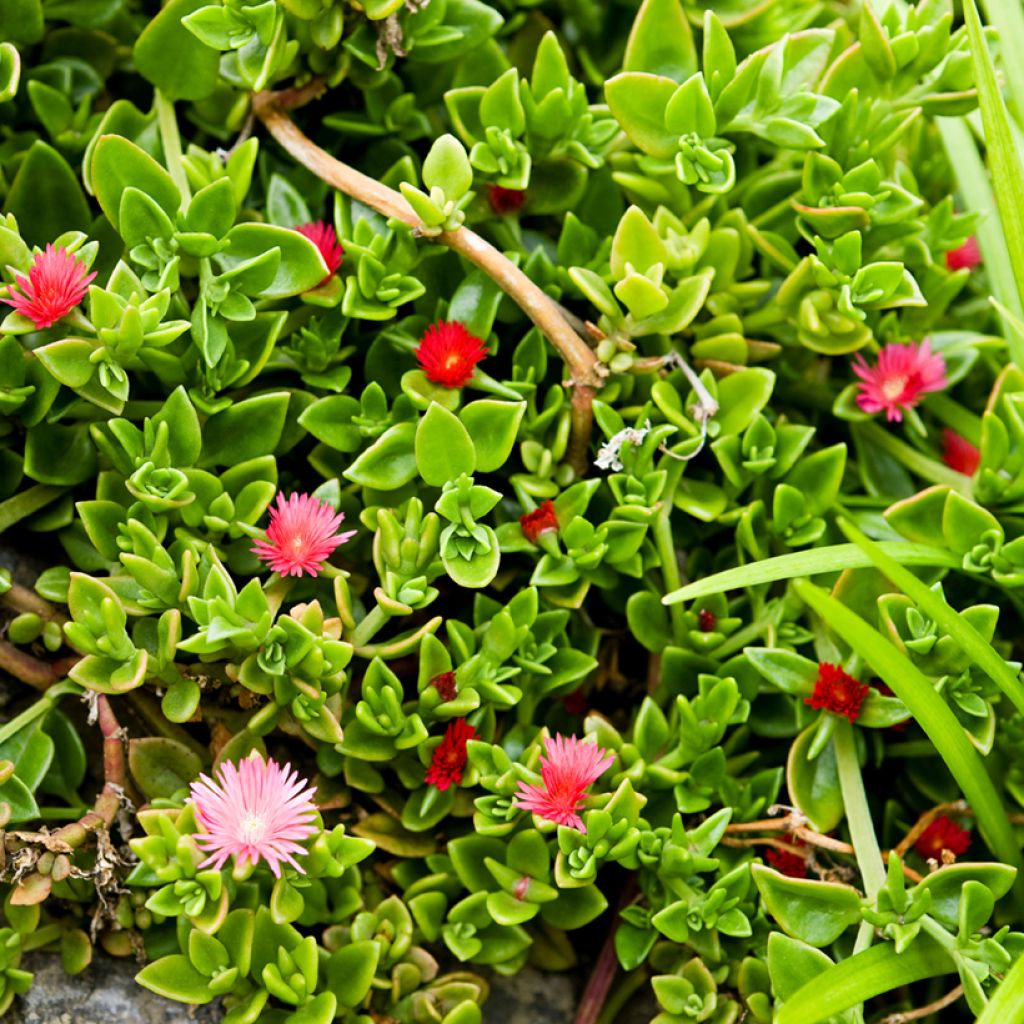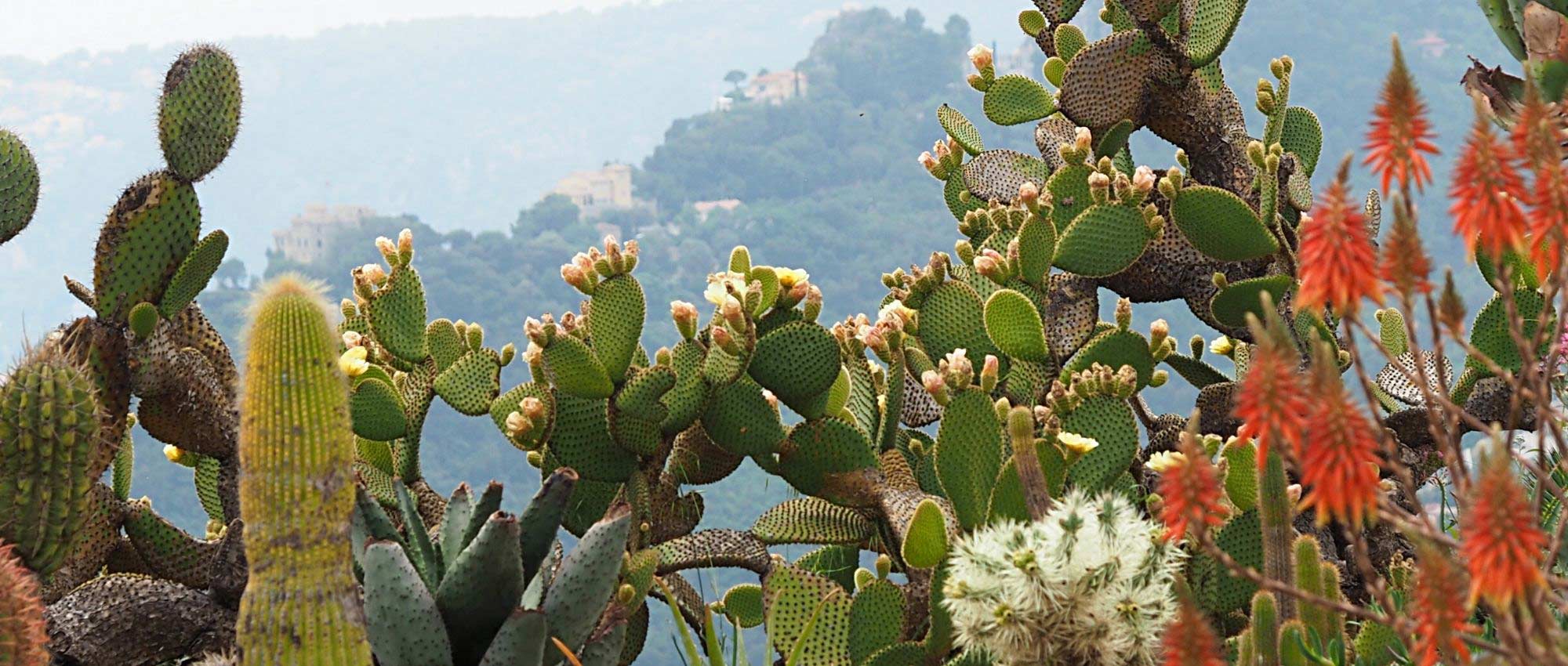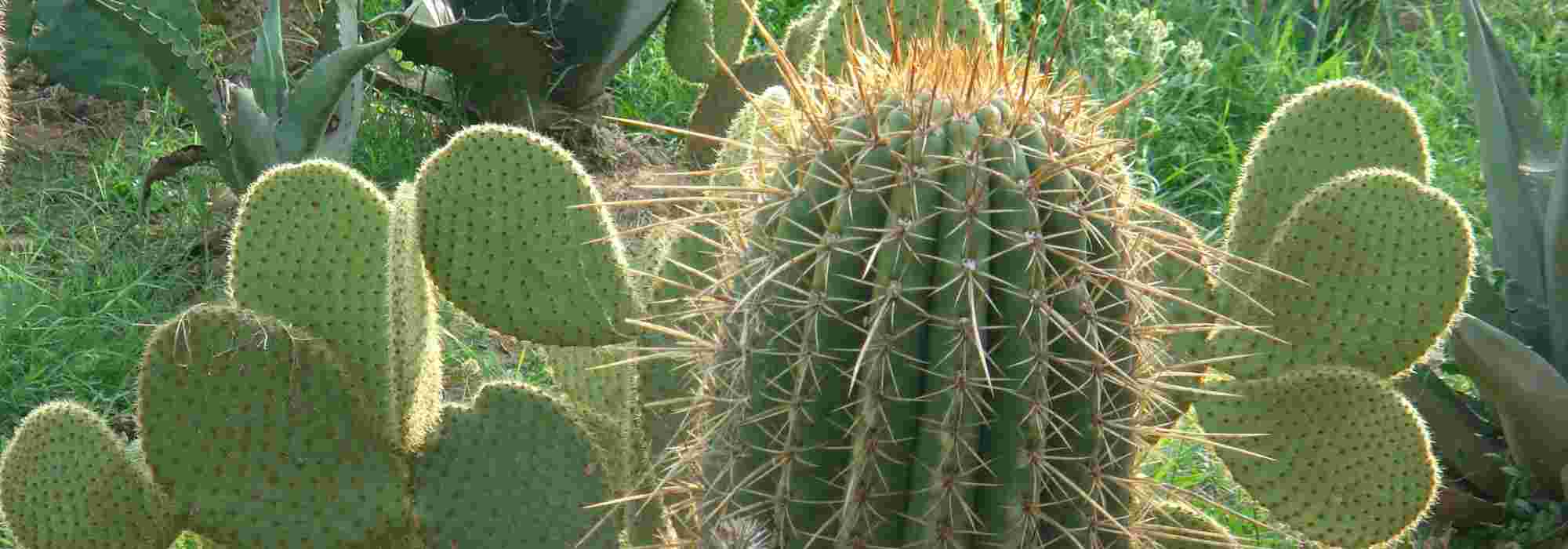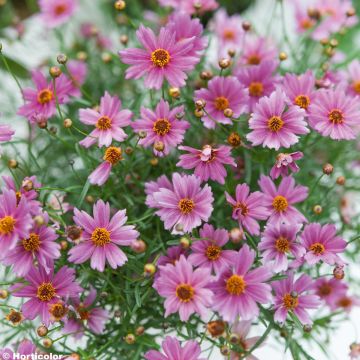

Aptenia cordifolia - Ficoide ou Apténie à feuilles en coeur


Aptenia cordifolia - Ficoide ou Apténie à feuilles en coeur


Aptenia cordifolia - Ficoide ou Apténie à feuilles en coeur


Aptenia cordifolia - Ficoide ou Apténie à feuilles en coeur


Aptenia cordifolia - Ficoide ou Apténie à feuilles en coeur


Aptenia cordifolia - Ficoide ou Apténie à feuilles en coeur
Aptenia cordifolia
Aptenia cordifolia
Heartleaf Iceplant, Baby Sun Rose, Dew Plant
Special offer!
Receive a €20 voucher for any order over €90 (excluding delivery costs, credit notes, and plastic-free options)!
1- Add your favorite plants to your cart.
2- Once you have reached €90, confirm your order (you can even choose the delivery date!).
3- As soon as your order is shipped, you will receive an email containing your voucher code, valid for 3 months (90 days).
Your voucher is unique and can only be used once, for any order with a minimum value of €20, excluding delivery costs.
Can be combined with other current offers, non-divisible and non-refundable.
Why not try an alternative variety in stock?
View all →This plant carries a 12 months recovery warranty
More information
We guarantee the quality of our plants for a full growing cycle, and will replace at our expense any plant that fails to recover under normal climatic and planting conditions.

Would this plant suit my garden?
Set up your Plantfit profile →
Description
Aptenia cordifolia, also known as Fig marigold or Heart-leaved ice plant, is a perennial with small succulent leaves, similar to Delosperma. It is another South African plant that stands out with the inimitable brightness of its small carmine pink daisies, whose shiny petals play with the light. Its evergreen and fleshy leaves, heart-shaped, are attractive. Aptenia cordifolia loves sunlight, the seaside, poor soils, and can tolerate very dry summers. It occasionally tolerates frosts of about - 5°C (41°F), but it is a tender plant, to be grown in pots or as an annual in most areas.
The Aptenia cordifolia belongs to the Aizoaceae family. This family is made up of a large number of perennial succulent plants native to South Africa, East Africa, and Madagascar, ideally suited to hot and dry climates and coastal conditions. They settle between stones, rocks, or on dry slopes, as long as they find a bit of soil. If there are frosts, place Aptenia cordifolia in a pot or container to bring indoors in winter. Prostrate and creeping, it reaches up to 1 metre (3 feet) wide and 5 to 10 cm (2 to 4in) high. The plant has cylindrical stems of a greyish green colour, highly branched; its evergreen fleshy, bright green, ovate leaves are wide, 2 to 3 cm (1in) long, and heart-shaped, hence its name. In summer and autumn, solitary flowers measuring 1 to 2 cm (1in) in diameter develop, in the form of daisies, with very thin and elongated petals, carmine pink in colour, around a yellow centre.
If you like Delosperma, you will succumb to the charm of Aptenia cordifolia. It thrives in coastal gardens alongside Sedums, Sempervivums, and other small perennials such as South African daisies (Felicia, Osteospermum, Dimorphoteca). In pots or in the ground, plant several species of these small South African succulents to create a dazzling multicoloured carpet that is easy to maintain for a very long period.
The leaves of Aptenia cordifolia are edible: they add a slightly acidic flavour to salads.
Aptenia cordifolia in pictures






Flowering
Foliage
Plant habit
Botanical data
Aptenia
cordifolia
Aizoaceae
Heartleaf Iceplant, Baby Sun Rose, Dew Plant
Litocarpus cordifolius, Mesembryanthemum cordifolium
South Africa
Other Cacti and succulents
View all →Planting and care
The Aptenia cordifolia plant should be planted in well-drained, dry, sandy, or stony soil during spring. It thrives on walls, rockeries, and well-exposed slopes. If you live in a frost-prone area, it is recommended to plant the plant in a pot or a planter, making it easier for you to protect it during winter if necessary. It can be placed in a frost-free and bright room, but it should not be heated. The plant's hardiness is -5°C (23°F) in well-drained soil.
For the Aptenia cordifolia to grow well and flower abundantly, it must be placed in a sunny and warm location. In prolonged drought, some watering is necessary to extend the flowering. To encourage renewal, you can remove faded flowers. Depending on its location, the base may need to be divided after a few years.
It should not be covered with dead leaves from nearby trees as they can cause rotting. The plant also does not appreciate having constantly moist roots.
Planting period
Intended location
Care
Planting & care advice
This item has not been reviewed yet - be the first to leave a review about it.
Similar products
Haven't found what you were looking for?
Hardiness is the lowest winter temperature a plant can endure without suffering serious damage or even dying. However, hardiness is affected by location (a sheltered area, such as a patio), protection (winter cover) and soil type (hardiness is improved by well-drained soil).

Photo Sharing Terms & Conditions
In order to encourage gardeners to interact and share their experiences, Promesse de fleurs offers various media enabling content to be uploaded onto its Site - in particular via the ‘Photo sharing’ module.
The User agrees to refrain from:
- Posting any content that is illegal, prejudicial, insulting, racist, inciteful to hatred, revisionist, contrary to public decency, that infringes on privacy or on the privacy rights of third parties, in particular the publicity rights of persons and goods, intellectual property rights, or the right to privacy.
- Submitting content on behalf of a third party;
- Impersonate the identity of a third party and/or publish any personal information about a third party;
In general, the User undertakes to refrain from any unethical behaviour.
All Content (in particular text, comments, files, images, photos, videos, creative works, etc.), which may be subject to property or intellectual property rights, image or other private rights, shall remain the property of the User, subject to the limited rights granted by the terms of the licence granted by Promesse de fleurs as stated below. Users are at liberty to publish or not to publish such Content on the Site, notably via the ‘Photo Sharing’ facility, and accept that this Content shall be made public and freely accessible, notably on the Internet.
Users further acknowledge, undertake to have ,and guarantee that they hold all necessary rights and permissions to publish such material on the Site, in particular with regard to the legislation in force pertaining to any privacy, property, intellectual property, image, or contractual rights, or rights of any other nature. By publishing such Content on the Site, Users acknowledge accepting full liability as publishers of the Content within the meaning of the law, and grant Promesse de fleurs, free of charge, an inclusive, worldwide licence for the said Content for the entire duration of its publication, including all reproduction, representation, up/downloading, displaying, performing, transmission, and storage rights.
Users also grant permission for their name to be linked to the Content and accept that this link may not always be made available.
By engaging in posting material, Users consent to their Content becoming automatically accessible on the Internet, in particular on other sites and/or blogs and/or web pages of the Promesse de fleurs site, including in particular social pages and the Promesse de fleurs catalogue.
Users may secure the removal of entrusted content free of charge by issuing a simple request via our contact form.
The flowering period indicated on our website applies to countries and regions located in USDA zone 8 (France, the United Kingdom, Ireland, the Netherlands, etc.)
It will vary according to where you live:
- In zones 9 to 10 (Italy, Spain, Greece, etc.), flowering will occur about 2 to 4 weeks earlier.
- In zones 6 to 7 (Germany, Poland, Slovenia, and lower mountainous regions), flowering will be delayed by 2 to 3 weeks.
- In zone 5 (Central Europe, Scandinavia), blooming will be delayed by 3 to 5 weeks.
In temperate climates, pruning of spring-flowering shrubs (forsythia, spireas, etc.) should be done just after flowering.
Pruning of summer-flowering shrubs (Indian Lilac, Perovskia, etc.) can be done in winter or spring.
In cold regions as well as with frost-sensitive plants, avoid pruning too early when severe frosts may still occur.
The planting period indicated on our website applies to countries and regions located in USDA zone 8 (France, United Kingdom, Ireland, Netherlands).
It will vary according to where you live:
- In Mediterranean zones (Marseille, Madrid, Milan, etc.), autumn and winter are the best planting periods.
- In continental zones (Strasbourg, Munich, Vienna, etc.), delay planting by 2 to 3 weeks in spring and bring it forward by 2 to 4 weeks in autumn.
- In mountainous regions (the Alps, Pyrenees, Carpathians, etc.), it is best to plant in late spring (May-June) or late summer (August-September).
The harvesting period indicated on our website applies to countries and regions in USDA zone 8 (France, England, Ireland, the Netherlands).
In colder areas (Scandinavia, Poland, Austria...) fruit and vegetable harvests are likely to be delayed by 3-4 weeks.
In warmer areas (Italy, Spain, Greece, etc.), harvesting will probably take place earlier, depending on weather conditions.
The sowing periods indicated on our website apply to countries and regions within USDA Zone 8 (France, UK, Ireland, Netherlands).
In colder areas (Scandinavia, Poland, Austria...), delay any outdoor sowing by 3-4 weeks, or sow under glass.
In warmer climes (Italy, Spain, Greece, etc.), bring outdoor sowing forward by a few weeks.






































































